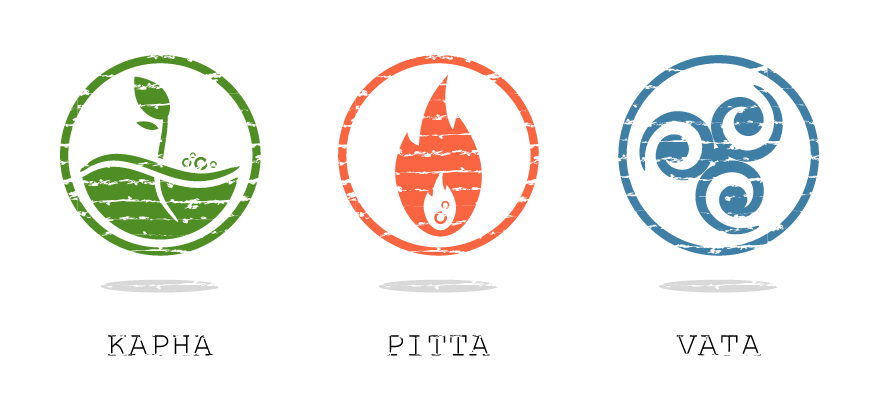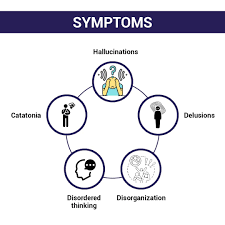
In Ayurveda, the ancient science of life, the three doshas—Vata, Pitta, and Kapha—represent the primary energies that govern our bodies and minds. These doshas help to balance our physical, mental, and emotional states. Each person has a unique constitution that is a blend of these doshas, but it’s important to understand them to achieve overall health and wellness.
In this post, we will first explore the three doshas and then take a deep dive into Vata Dosha, which is often referred to as the energy of movement in Ayurveda.
Understanding the Three Doshas in Ayurveda
- Vata Dosha: Representing the elements of air and space, Vata governs movement in the body, including breathing, circulation, and nerve impulses. It’s the dosha of creativity and quick thinking but can also lead to anxiety and irregular digestion when out of balance.
- Pitta Dosha: Associated with fire and water, Pitta controls metabolism and transformation in the body, including digestion and body temperature. Pitta-dominant individuals are usually energetic and passionate but may suffer from irritability and inflammation when imbalanced.
- Kapha Dosha: Comprised of earth and water elements, Kapha governs stability, structure, and lubrication in the body. It provides calmness and strength but can lead to lethargy and weight gain when out of balance.
Vata Dosha: The Energy of Movement in Ayurveda
Now, let’s focus on Vata Dosha, the dosha most closely associated with movement, creativity, and flexibility.
What is Vata Dosha?
Vata Dosha is primarily connected to the elements of air and space. It governs all movement in the body, including circulation, breathing, and the transmission of nerve impulses. When Vata is balanced, you experience vitality, creativity, and enthusiasm. However, when it becomes imbalanced, it can lead to issues such as anxiety, dryness, and irregular digestion.
Key Characteristics of Vata Dosha
Those with a Vata constitution often display the following traits:
- Lean body frame with dry skin
- Quick to learn but easily forgetful
- Irregular appetite and digestion
- Prone to restlessness and anxiety
Common Health Issues Related to Vata Imbalance
When Vata Dosha is out of balance, it can manifest as several common health issues, including:
- Anxiety and stress: Calming the mind through meditation, grounding foods, and herbal remedies like Ashwagandha is a common Ayurvedic practice for balancing Vata.
- Digestive issues: Irregular eating habits or consuming cold, dry foods can disturb digestion. Ayurvedic remedies like warm, nourishing meals and digestive herbs such as ginger can help bring Vata into balance.
- Insomnia: Difficulty sleeping is often linked to Vata imbalances. Grounding bedtime routines, warm baths, and calming herbs are effective in restoring healthy sleep patterns.
How to Balance Vata Dosha
Bringing Vata Dosha into balance requires calming and stabilizing methods. Here’s how you can naturally balance Vata:
- Diet: Incorporate warm, cooked, and oily foods like soups, stews, and root vegetables. Avoid cold and raw foods, as they increase Vata’s dryness and coldness.
- Daily Routine: Follow a regular schedule for meals, sleep, and self-care. A consistent routine helps pacify Vata’s erratic nature.
- Exercise: Gentle, grounding activities such as yoga, walking, or tai chi are excellent for calming Vata.
- Herbal Remedies: Herbs like Ashwagandha, Shatavari, and ginger are often recommended in Ayurvedic solutions for modern lifestyle imbalances related to Vata.
Conclusion: Embracing the Energy of Movement
Vata Dosha plays a crucial role in regulating movement within the body, including circulation and the nervous system. Understanding Vata and how it affects your body is key to maintaining balance in Ayurveda. By incorporating grounding foods, calming routines, and Ayurvedic practices, you can keep Vata in check and enjoy improved health and vitality.
For more information on Ayurvedic principles and how Ayurveda can support your health, check out our Ayurvedic Principles page.
For additional reading, see this detailed Vata Dosha Overview.

13 thoughts on “The Energy of Movement in Ayurveda”